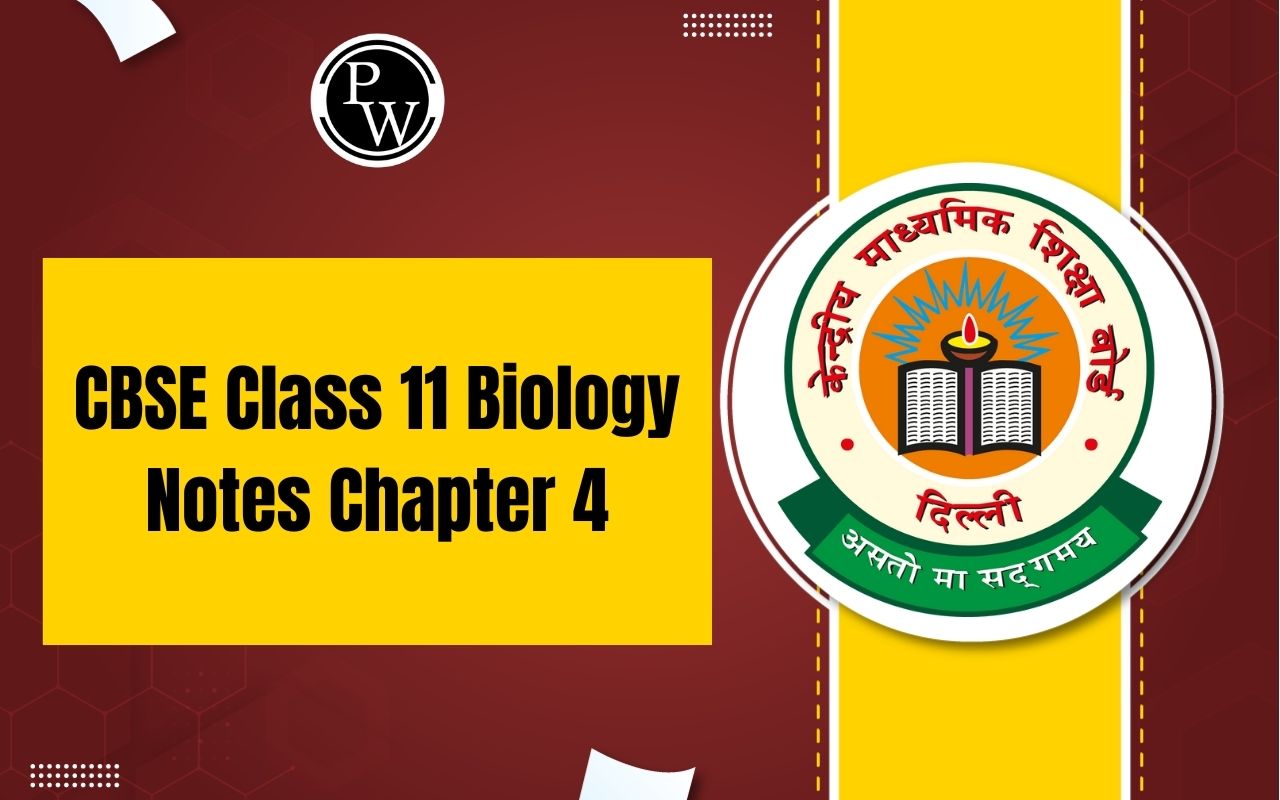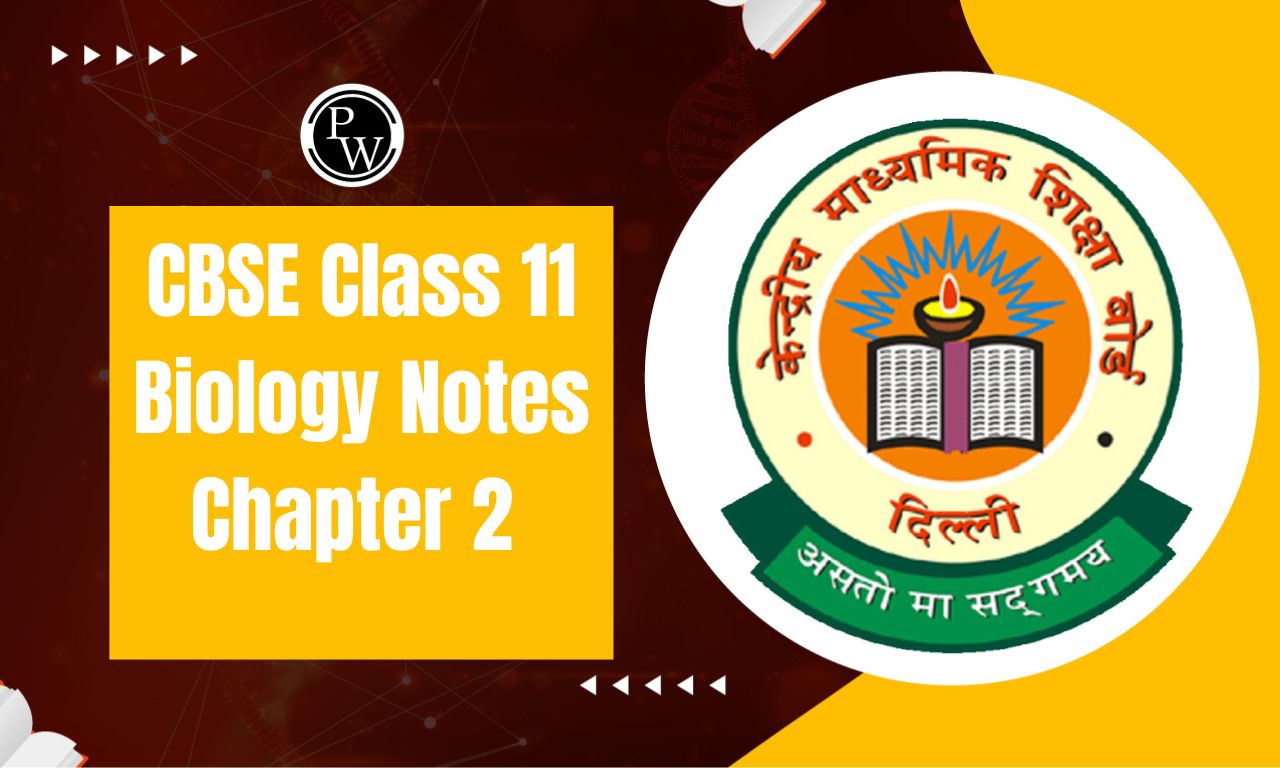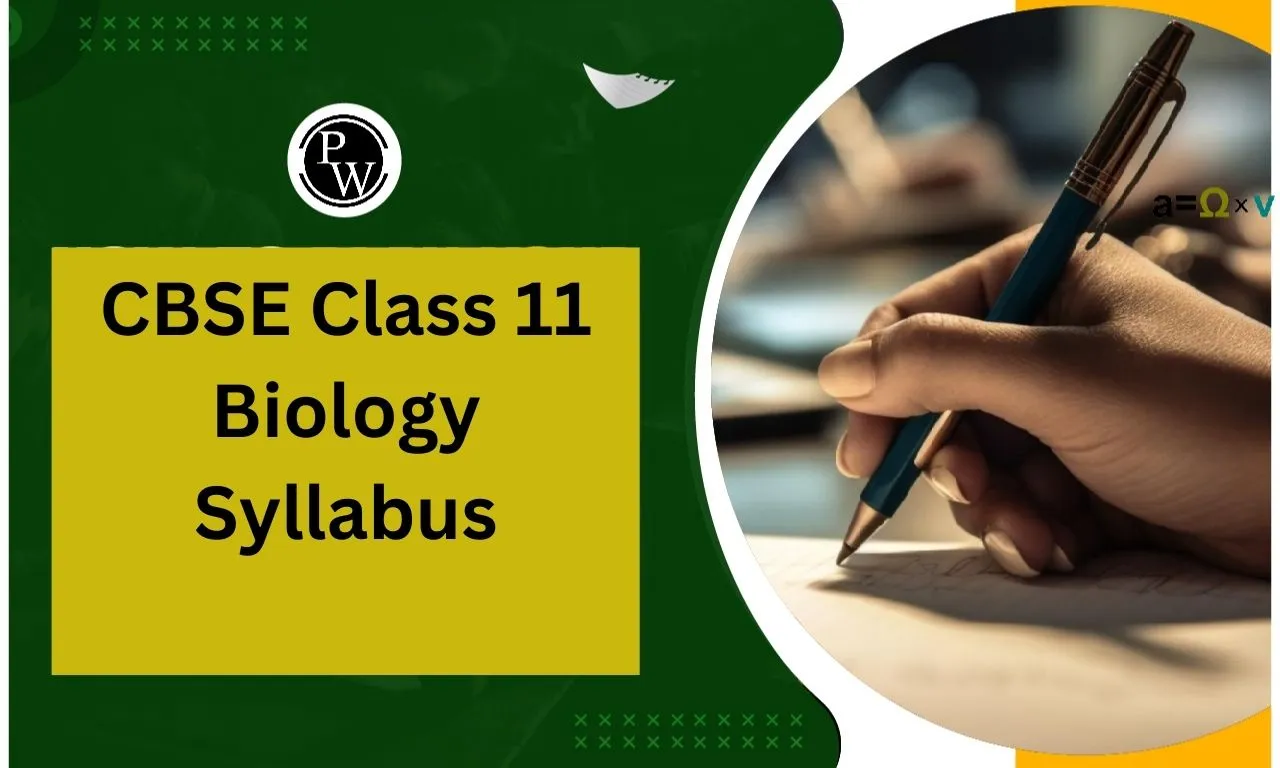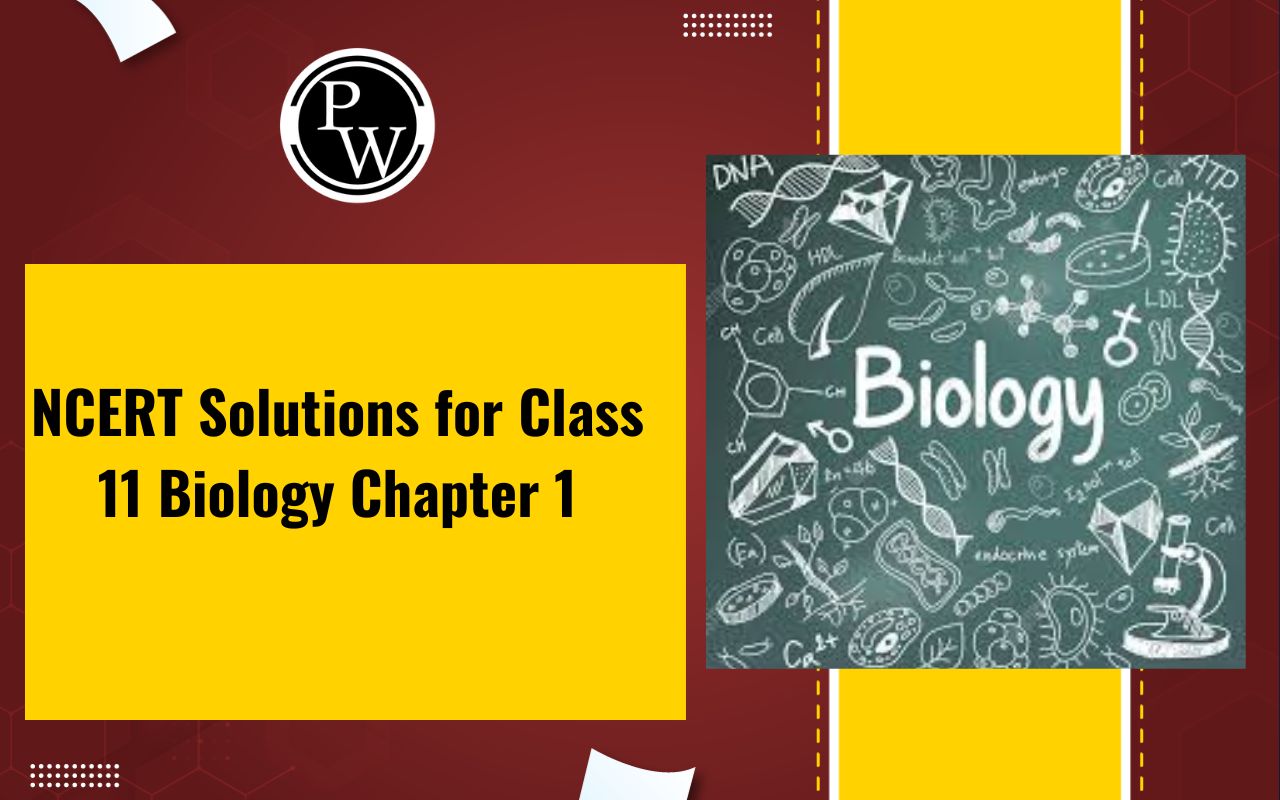
CBSE Class 11 Economics Syllabus 2024-25: The Central Board of Secondary Education (CBSE) Economics curriculum at the upper secondary level presents fundamental economic theories in a step-by-step manner.
CBSE Class 11 Economics Syllabus 2024-25 is highly important for students in the 11th grade since they are first taught about the current economic status of the nation and given some basic statistical tools to assist them in comprehending it. Students are eventually introduced to economics as a theoretical concept as they study more. Read the whole article and then click the link at the bottom to download the complete CBSE Class 11 Economics Syllabus 2024-25 for the current academic year.CBSE Class 11 Economics Syllabus 2024-25
The CBSE Class 11 Economics Syllabus 2024-25 includes the following topics: A Brief Introduction to Microeconomics: This section introduces the fundamental concepts of microeconomics, such as economic actors, the market, and demand and supply curves. Consumer Behaviour and Demand: The utility function, the budget constraint, and the demand curve are all discussed in this section. Producer Behaviour and Supply: The cost function, profit maximisation, and the supply curve are all discussed in this section. Market Equilibrium: This section discusses the concept of market equilibrium, including how prices are established and how demand and supply forces function. Government engagement in the Market: This subject discusses the government's role in the market, including the aims of government engagement and the many types of government intervention.CBSE Class 11 Economics Syllabus 2024-25 PDF Download
The CBSE Class 11 Economics Syllabus for the academic year 2024-25 is a important resource for students studying Economics. This syllabus outlines the topics and concepts that students will cover throughout the academic year. Understanding the syllabus helps students plan their study schedule effectively, allocate time for each topic, and ensure comprehensive learning. With the PDF link provided below, students can easily download and refer to the CBSE Class 11 Economics Syllabus whenever needed. This enables students to stay organized, track their progress, and prepare thoroughly for their Economics classes and examinations.CBSE Class 11 Economics Syllabus 2024-25 PDF Download
CBSE Class 11 Economics Syllabus 2024-25 Marks Distribution
The CBSE Class 11 Economics Syllabus 2024-25 is split into statistics for economics and introduction to microeconomics, which each counts for 40 marks, and project work, which accounts for 20 marks. Students may use the table below to identify which chapters demand the greatest attention.| CBSE Class 11 Economics Syllabus 2024-25 Marks Distribution | |||
| Units | Topics | Marks | Periods |
| Part A | Statistics for Economics | ||
| Introduction | 15 | 10 | |
| Collection, Organisation and Presentation of Data | 30 | ||
| Statistical Tools and Interpretation – Arithmetic Mean, Median and Mode | 25 | 50 | |
| Sub Total | 40 | ||
| Part B | Introductory Microeconomics | ||
| Introduction | 4 | 10 | |
| Consumer Equilibrium and Demand | 15 | 40 | |
| Producer Behavior and Supply | 15 | 35 | |
| Forms of Market and Price Determination under perfect competition with simple applications | 8 | 25 | |
| Total | 40 | 200 | |
| Part C | Project Work | 20 | 20 |
CBSE Class 11 Economics Syllabus 2024-25 Question paper design
The question paper design for the CBSE Class 11 Economics Syllabus 2024-25 is shown in the table below.| CBSE Class 11 Economics Syllabus 2024-25 Question paper design | ||
| Typology of Questions | Marks | Percentage |
| Remembering and Understanding: Exhibit memory of previously learned material by recalling facts, terms, basic concepts, and answers. Demonstrate understanding of facts and ideas by organising, comparing, translating, interpreting, giving descriptions, and stating main ideas. | 44 | 55 |
| Applying: Solve problems to new situations by applying acquired knowledge, facts, techniques and rules in a different way. | 18 | 22.5 |
| Analysing, Evaluating and Creating: Examine and break information into parts by identifying motives or causes. Make inferences and find evidence to support generalisations. Present and defend opinions by making judgments about information, validity of ideas, or quality of work based on a set of criteria. Compile information together in a different way by combining elements in a new pattern or proposing alternative solutions. | 18 | 22.5 |
CBSE Class 11 Economics Syllabus 2024-25
Learners in this course are expected to build skills in methodical collecting, organising, and presenting quantitative and qualitative information related to a variety of fundamental economic components. It also aims to provide some essential statistical approaches for assessing, interpreting, and extracting applicable inferences from economic data. Throughout this approach, students must also understand the behaviour of several economic indicators.| CBSE Class 11 Economics Syllabus 2024-25 | ||
| Unit | Name | Topics |
| I. | Statistics for Economics | What is Economics? Meaning, scope, functions and importance of statistics in Economics |
| II. | Collection, Organisation and Presentation of data | Collection of data - sources of data - primary and secondary; how basic data is collected with concepts of Sampling; methods of collecting data; some important sources of secondary data: Census of India and National Sample Survey Organisation. Organisation of Data: Meaning and types of variables; Frequency Distribution. Presentation of Data: Tabular Presentation and Diagrammatic Presentation of Data: (i) Geometric forms (bar diagrams and pie diagrams), (ii) Frequency diagrams (histogram, polygon and Ogive) and (iii) Arithmetic line graphs (time series graph). |
| III. | Statistical Tools and Interpretation | For all the numerical problems and solutions, the appropriate economic interpretation may be attempted. This means, the students need to solve the problems and provide interpretation for the results derived. Measures of Central Tendency - Arithmetic mean, median and mode Correlation - meaning and properties, scatter diagram; Measures of correlation - Karl Pearson's method (two variables ungrouped data) Spearman's rank correlation. (Non-Repeated Ranks and Repeated Ranks). Introduction to Index Numbers - meaning, types - wholesale price index, consumer price index and index of industrial production, uses of index numbers; Inflation and index numbers. |
| IV. | Introductory Microeconomics | Meaning of microeconomics and macroeconomics; positive and normative economics What is an economy? Central problems of an economy: what, how and for whom to produce; concepts of production possibility frontier and opportunity cost. |
| V. | Consumer's Equilibrium and Demand | Consumer's equilibrium - meaning of utility, marginal utility, the law of diminishing marginal utility, conditions of consumer's equilibrium using marginal utility analysis. Indifference curve analysis of consumer's equilibrium consumer's budget (budget set and budget line), preferences of the consumer (indifference curve, indifference map) and conditions of consumer's equilibrium. Demand, market demand, determinants of demand, demand schedule, demand curve and its slope, movement along and shifts in the demand curve; price elasticity of demand - factors affecting price elasticity of demand; measurement of price elasticity of demand – percentage-change method and total expenditure method. |
| VI. | Producer Behaviour and Supply | Meaning of Production Function – Short-Run and Long-Run Total Product, Average Product and Marginal Product. Returns to a Factor Cost: Short run costs - total cost, total fixed cost, total variable cost; Average cost; Average fixed cost, average variable cost and marginal cost meaning and their relationships. Revenue - total, average and marginal revenue - meaning and their relationship. Producer's equilibrium meaning and its conditions in terms of marginal revenue - marginal cost. Supply, market supply, determinants of supply, supply schedule, supply curve and its slope, movements along and shifts in the supply curve, price elasticity of supply; measurement of price elasticity of supply - percentage-change method. |
| VII. | Forms of Market and Price Determination under Perfect Competition with simple applications | Perfect competition - Features; Determination of market equilibrium and effects of shifts in demand and supply. (Short Run Only) Simple Applications of Demand and Supply: Price ceiling, price floor. |
Guidelines for CBSE Class 11th Economics Project Work 2024
The project work, according to the CBSE Class 11 Economics Syllabus 2024-25, intends to enable students to:- Dig deeper into theoretical topics learned in classes XI and XII
- Use theoretical ideas and reasoning to analyse and evaluate real-world economic situations.
- Demonstrate knowledge of economic theory;
- Research elements of economics in which learners are interested; and
- Improve communication skills to debate rationally.
- In each academic session, learners will complete exactly ONE project.
- The project should be 3,500-4,000 words (excluding diagrams and graphs), ideally handwritten.
- It will be an autonomous, self-directed piece of study.
- Effect on PPC due to various government policies
- Opportunity Cost as an Economic Tool (taking real-life situations)
- Effect on Equilibrium Prices in Local Market (taking real-life situations or recent news)
- Solar Energy, a Cost-Effective Comparison with Conventional Energy Sources
- Any other newspaper article and its evaluation based on economic principles
- Invisible Hand (Adam Smith)
- Effect of Price Change on a Substitute Good (taking prices from real-life visiting local market)
- Effect of Price Change on a Complementary Good (taking prices from real-life visiting local market)
- Bumper Production - Boon or Bane for the Farmer
- Any other topic
|
Links Related to Other Subjects |
|
| CBSE Class 11 Physics Syllabus | CBSE Class 11 English Syllabus 2024-25 |
| CBSE Class 11 Chemistry Syllabus 2024-25 | CBSE Class 11 Accountancy Syllabus 2024-25 |
| CBSE Class 11 Maths Syllabus 2024-25 | CBSE Class 11 Biology Syllabus 2024-25 |
CBSE Class 11 Economics Syllabus 2024-25 FAQs
Is the Class 11 2024-25 syllabus released?
The new CBSE class 11 curriculum for the academic year 2024-25 has been revealed, and students may find it on this website. CBSE has split the curriculum into two terms for the forthcoming session, using a logical approach.
What are the economics requirements for Class 12 2024?
Consumption of commodities, meaning and function of money, national income and employment, economic reforms in India, government budget, central bank and its activities, tax and money supply, and many other subjects are covered in the CBSE Class 12 Economics Syllabus 2024-25.
Is CBSE reduced syllabus 2024-25?
The CBSE Class 10 Social Science curriculum has been reduced by 30%. Students preparing for the CBSE Board Exams in 2024-25 should evaluate the updated CBSE Class 10 Social Science curriculum and customise their studies appropriately.
Is math harder than biology?
Some people may suffer more with mathematics, while others may struggle more with biology. It eventually comes down to personal talent as well as one's degree of comprehension and familiarity with the subject matter.
Can you score 100 in economics class 12?
A flawless 100 in Economics Class 12 CBSE requires a great deal of hard work and devotion. Here are some pointers to get you started: Understand the curriculum and exam format: Examine the complete curriculum and exam pattern carefully.
Talk to a counsellorHave doubts? Our support team will be happy to assist you!

Check out these Related Articles
Free Learning Resources
PW Books
Notes (Class 10-12)
PW Study Materials
Notes (Class 6-9)
Ncert Solutions
Govt Exams
Class 6th to 12th Online Courses
Govt Job Exams Courses
UPSC Coaching
Defence Exam Coaching
Gate Exam Coaching
Other Exams
Know about Physics Wallah
Physics Wallah is an Indian edtech platform that provides accessible & comprehensive learning experiences to students from Class 6th to postgraduate level. We also provide extensive NCERT solutions, sample paper, NEET, JEE Mains, BITSAT previous year papers & more such resources to students. Physics Wallah also caters to over 3.5 million registered students and over 78 lakh+ Youtube subscribers with 4.8 rating on its app.
We Stand Out because
We provide students with intensive courses with India’s qualified & experienced faculties & mentors. PW strives to make the learning experience comprehensive and accessible for students of all sections of society. We believe in empowering every single student who couldn't dream of a good career in engineering and medical field earlier.
Our Key Focus Areas
Physics Wallah's main focus is to make the learning experience as economical as possible for all students. With our affordable courses like Lakshya, Udaan and Arjuna and many others, we have been able to provide a platform for lakhs of aspirants. From providing Chemistry, Maths, Physics formula to giving e-books of eminent authors like RD Sharma, RS Aggarwal and Lakhmir Singh, PW focuses on every single student's need for preparation.
What Makes Us Different
Physics Wallah strives to develop a comprehensive pedagogical structure for students, where they get a state-of-the-art learning experience with study material and resources. Apart from catering students preparing for JEE Mains and NEET, PW also provides study material for each state board like Uttar Pradesh, Bihar, and others
Copyright © 2025 Physicswallah Limited All rights reserved.
Get App









